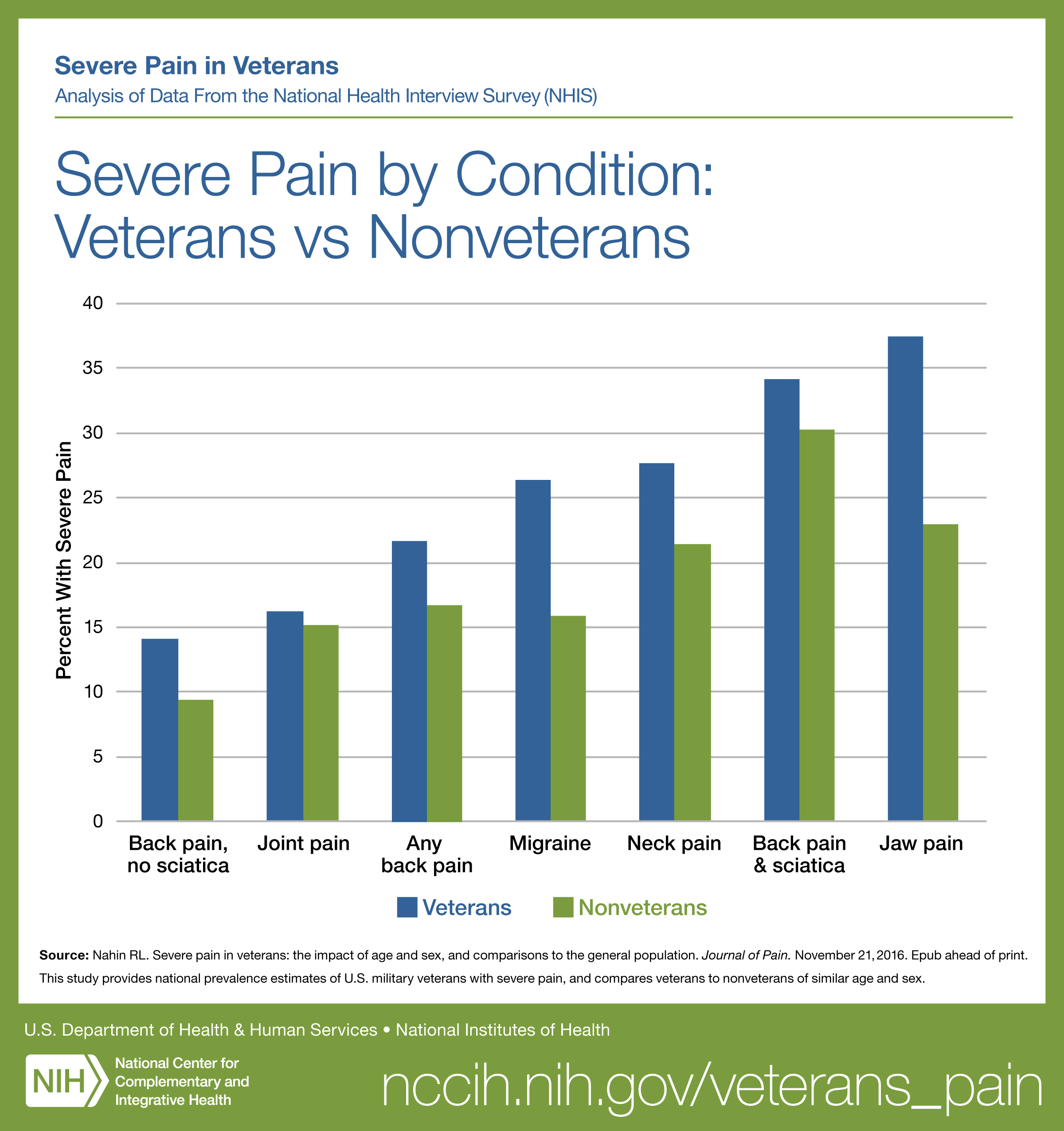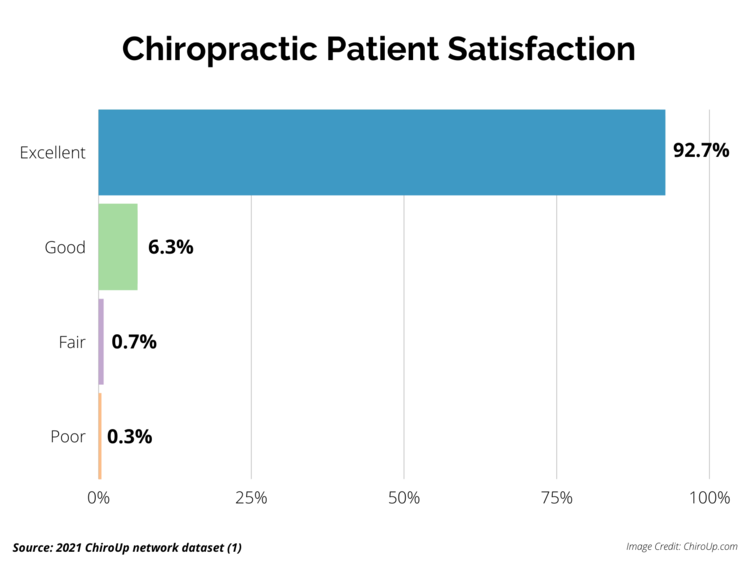The Use of Complementary and Integrative Health Approaches for Chronic Musculoskeletal Pain in Younger US Veterans: An Economic Evaluation
SOURCE: PLoS One. 2019 (Jun 5); 14 (6): e0217831
Valerie F. Williams, MA, MS; Leslie L. Clark, PhD, MS; Mark G. McNellis, PhD
RAND Corporation,
Santa Monica, California,
United States of America.
OBJECTIVES: To estimate the cost-effectiveness to the US Veterans Health Administration (VA) of the use of complementary and integrative health (CIH) approaches by younger Veterans with chronic musculoskeletal disorder (MSD) pain.
PERSPECTIVE: VA healthcare system.
METHODS: We used a propensity score-adjusted hierarchical linear modeling (HLM), and 2010-2013 VA administrative data to estimate differences in VA healthcare costs, pain intensity (0-10 numerical rating scale), and opioid use between CIH users and nonusers. We identified CIH use in Veterans’ medical records through Current Procedural Terminology, VA workload tracking, and provider-type codes.
There are more articles like this @ our:
RESULTS: We identified 30,634 younger Veterans with chronic MSD pain as using CIH and 195,424 with no CIH use. CIH users differed from nonusers across all baseline covariates except the Charlson comorbidity index. They also differed on annual pre-CIH-start healthcare costs ($10,729 versus $5,818), pain (4.33 versus 3.76), and opioid use (66.6% versus 54.0%). The HLM results indicated lower annual healthcare costs (-$637; 95% CI: -$1,023, -$247), lower pain (-0.34; -0.40, -0.27), and slightly higher (less than a percentage point) opioid use (0.8; 0.6, 0.9) for CIH users in the year after CIH start. Sensitivity analyses indicated similar results for three most-used CIH approaches (acupuncture, chiropractic care, and massage), but higher costs for those with eight or more CIH visits.
CONCLUSIONS: According to our propensity score-weighted HLM analysis, in a cohort of younger Veterans with chronic MSD pain during 2010 through 2013, any use of complementary and integrative health (CIH) was not only cost-effective, it was cost saving.
Editorial Comment: CIH was initially referred to as “Unconventional Medicine”, then became “Alternative Medicine”, and then evolved into “Complementary and Alternative Medicine”. As it has become more accepted by conventionsl (“usual care”) medicine, it is typically referred to as “integrative” and/or “complementary”.
Any use of CIH was associated with an average reduction in healthcare costs of $637, a 0.34-point reduction in pain intensity on a 0–10 pain scale, and a less than one percentage point increase in opioid use during the year after CIH start. Given the VA’s growing interest in the use of CIH, further, more detailed analyses of its impacts are warranted.
From the FULL TEXT Article:
Introduction
Chronic pain is prevalent among Veterans in general, [1, 2] but especially among younger Veterans, including participants in Operation Enduring Freedom, Operation Iraqi Freedom and Operation New Dawn (OEF/OIF/OND). [3, 4] Musculoskeletal pain (e.g., back pain, neck pain, osteoarthritis) is the most common type of chronic pain. [5] This pain also often co-occurs with conditions such as anxiety, depression, post-traumatic stress disorder, and substance abuse. [3, 5]
Complementary and integrative health (CIH) approaches (therapies) such as yoga, meditation and acupuncture are being used for pain management in the Veterans Affairs (VA) healthcare system. [6, 7] CIH approaches are commonly provided to treat pain and its comorbidities, with acupuncture and chiropractic the most prevalent CIH approaches for pain. [8–10] A recent national survey found Veterans have substantial interest in and use of CIH approaches, with half reporting a use of a CIH approach in the prior year and 84% reporting interest in using CIH. [11]
Several guidelines recommend CIH approaches as effective for chronic pain, [12–15] and a few recent studies have shown these approaches to be associated with lower healthcare costs in the general population. [16–21] However, little is known about their impact on healthcare costs and utilization including opioid use in the VA where CIH is being increasingly emphasized. The VA has adopted the goal of implementing a Whole Health approach, in which CIH approaches are a key component. [22, 23]
We used VA administrative data to identify younger Veterans with chronic painful musculoskeletal disorders (MSD) who did and did not use CIH. We then estimated the impact of CIH use on VA healthcare costs, pain and opioid use to generate a preliminary estimate of the cost-effectiveness of CIH to the VA.
Read the rest of this Full Text article now!






Leave A Comment